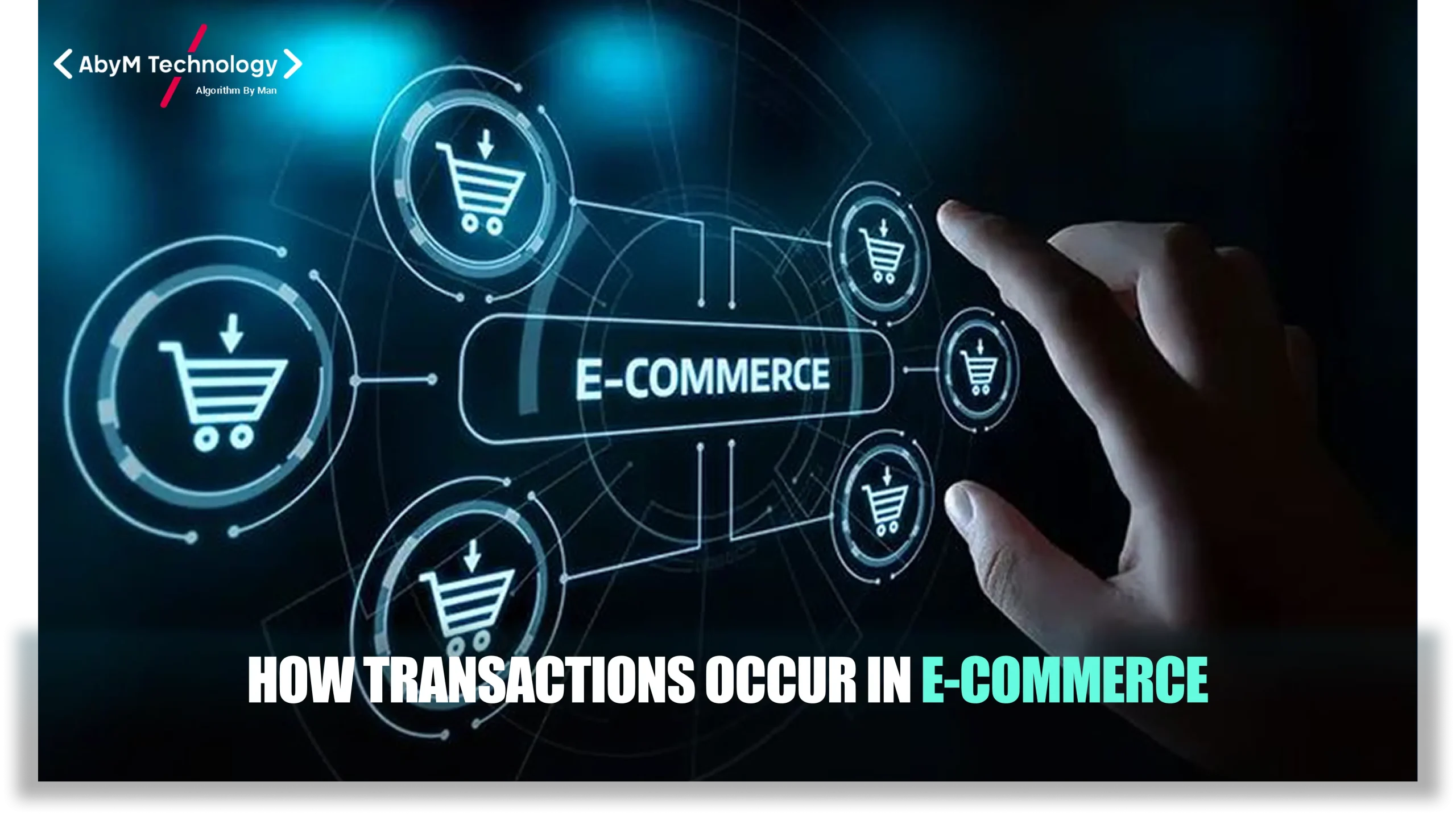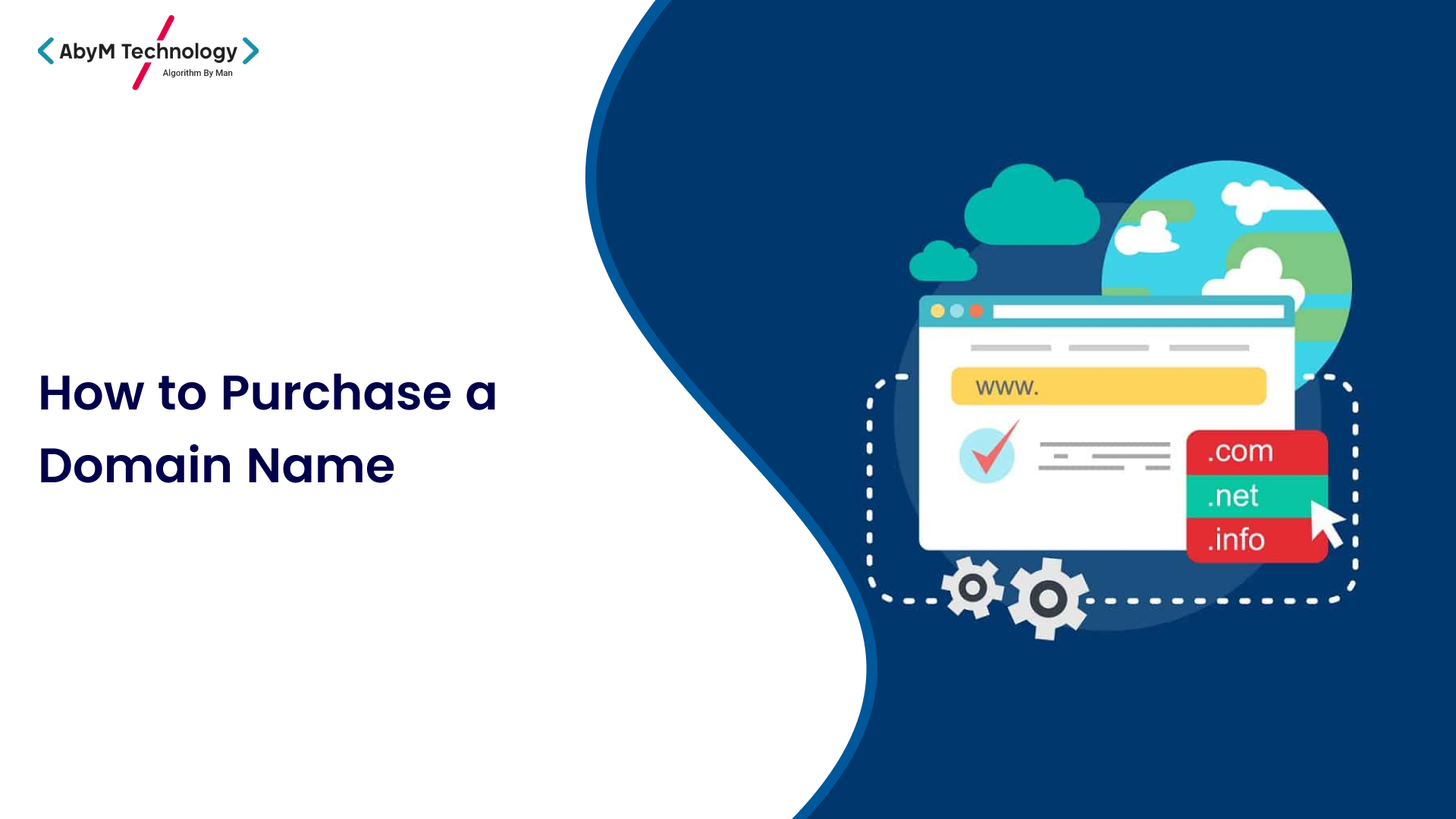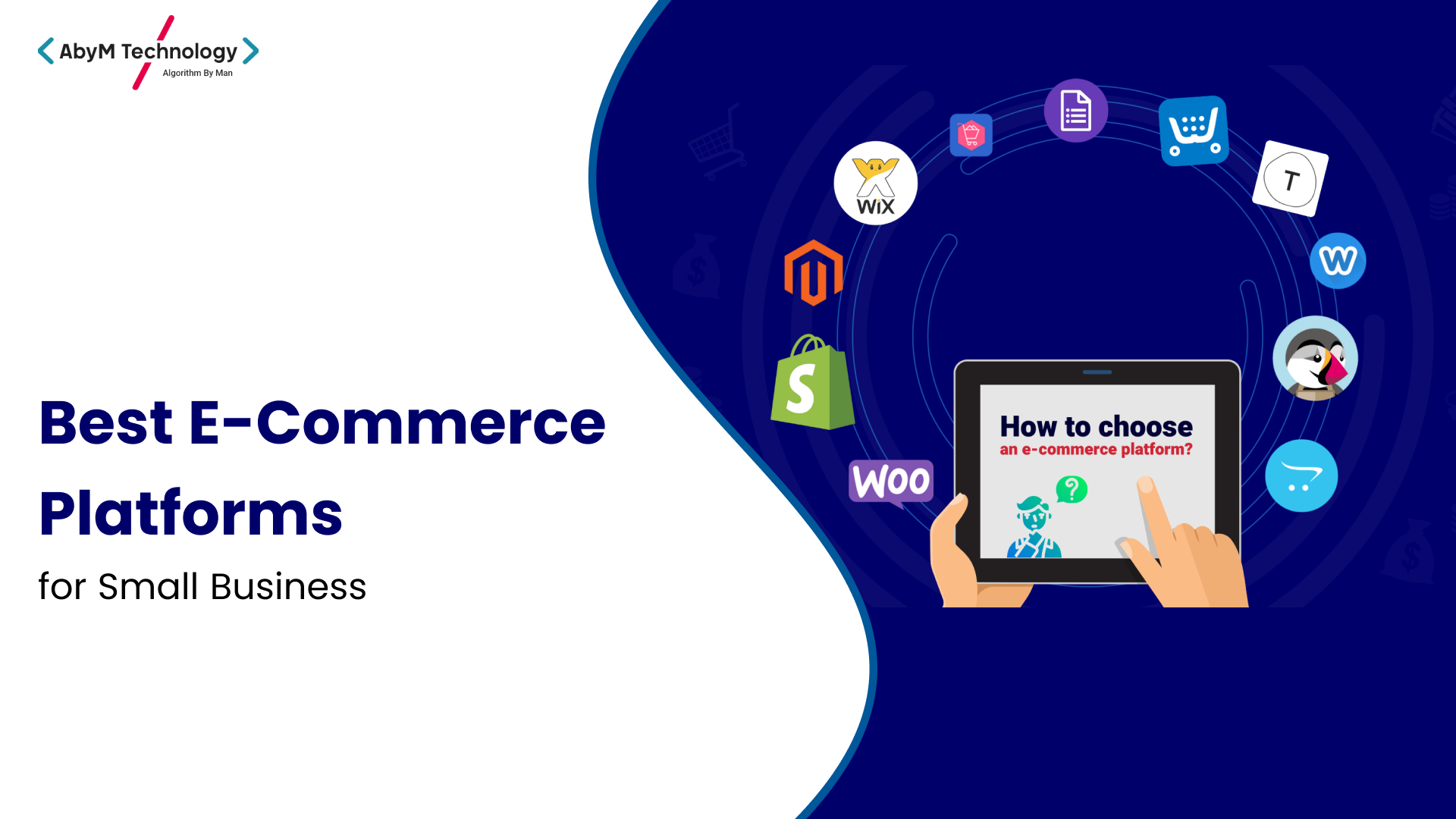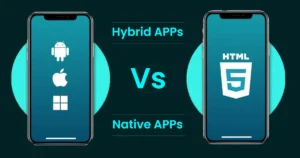How Transactions Occur in E-Commerce

In today’s fast-paced digital world, e-commerce transactions have become an integral part of the global economy. With millions of people shopping online daily, understanding how these transactions occur is crucial for businesses, consumers, and anyone interested in the digital marketplace. E-commerce transactions involve various stages and components, from a customer browsing an online store to receiving their order at their doorstep. This article delves deep into the e-commerce transaction process and highlights how it works.
What is an E-Commerce Transaction?
An e-commerce transaction refers to the buying and selling of goods and services over the internet. Unlike traditional retail transactions, where a customer physically goes to a store to make a purchase, e-commerce allows individuals and businesses to exchange products, services, or information online. These transactions are typically carried out through e-commerce platforms or websites and involve several steps from the point of order to final delivery.
Key Components of E-Commerce Transactions
Before diving into the process itself, it’s important to understand the key components that facilitate e-commerce transactions:
- E-Commerce Platforms – These are the websites or apps where transactions take place, such as Amazon, eBay, and Shopify.
- Payment Gateways – These are services that process payments between buyers and sellers, ensuring secure transactions.
- Merchants – The businesses or individuals selling the products or services.
- Customers – The buyers who make the purchase.
- Shipping & Logistics – The system responsible for delivering the product to the customer.
- Security Protocols – Measures to ensure the privacy and safety of transaction data, such as SSL certificates and encryption technologies.
Step-by-Step Breakdown of How E-Commerce Transactions Occur
Now, let’s walk through the step-by-step process of how an e-commerce transaction takes place:
1. Customer Browses the E-Commerce Store
The first step in an e-commerce transaction is when a customer visits an e-commerce website or app. The customer browses through product listings, which could range from physical goods like electronics and clothing to digital products like software or e-books. Search filters, categories, product recommendations, and reviews help guide the customer to their desired items.
During this stage, AI algorithms play a crucial role in personalizing the shopping experience. By analyzing past behavior and preferences, these algorithms provide tailored product recommendations, which increases the chances of a successful sale.
2. Adding Products to the Shopping Cart
Once the customer finds a product they’re interested in, they can add it to their shopping cart. This is a virtual container that holds all the selected products until the customer is ready to proceed with the checkout. At this point, customers can view product details, change quantities, or remove items from the cart. Some e-commerce platforms also offer discounts, loyalty points, or promotional codes during this stage to encourage the customer to proceed.
3. Proceeding to Checkout
After adding items to the cart, the customer proceeds to the checkout page. This is where they confirm their order and enter relevant details, such as their shipping address, billing information, and preferred payment method.
At this stage, the e-commerce platform calculates the total cost of the order, including taxes, shipping fees, and any applicable discounts. Customers may be given various shipping options, such as standard, expedited, or next-day delivery.
4. Payment Process
Once the customer confirms their order details, the next step is payment. This is a critical stage in the e-commerce transaction as it involves the transfer of money from the customer to the merchant. Here’s a breakdown of how this process works:
- Payment Gateway Integration: The e-commerce website uses a payment gateway to process the transaction. Popular payment gateways include PayPal, Stripe, and Square. These gateways securely encrypt sensitive payment information, ensuring that the buyer’s financial data is not exposed during the transaction.
- Authorization: The payment gateway checks if the customer’s payment method (credit card, debit card, or digital wallet) is valid and has sufficient funds. Once verified, the payment gateway communicates with the customer’s bank to authorize the transaction.
- Transaction Confirmation: After authorization, the payment gateway sends a confirmation message to the e-commerce platform, which then informs the customer that their order has been successfully placed. The transaction is complete, and the money is transferred from the buyer’s account to the seller’s.
5. Order Fulfillment
With the payment successfully processed, the merchant begins the order fulfillment process. This involves picking the product from the warehouse or inventory, packaging it securely, and preparing it for shipment. Depending on the e-commerce model (B2B, B2C, C2C), the fulfillment process may vary in complexity.
E-commerce businesses use various fulfillment strategies, such as:
- In-House Fulfillment: The merchant handles the entire process of packaging and shipping.
- Third-Party Logistics (3PL): Some businesses outsource the fulfillment process to third-party logistics providers, which specialize in warehousing and shipping products.
6. Shipping and Delivery
Once the order is packed, it is handed over to a shipping carrier, such as UPS, FedEx, or DHL. The customer is usually provided with a tracking number to monitor the progress of their shipment in real-time.
Shipping and logistics play a pivotal role in e-commerce transactions, especially in ensuring that products arrive on time and in good condition. Businesses that can offer fast, affordable shipping options, along with real-time tracking, enhance the customer experience and are more likely to foster repeat business.
7. Post-Purchase Experience and Customer Feedback
After receiving their order, customers often have the option to leave feedback or a review on the product. Positive reviews help build trust with other potential buyers and serve as a valuable source of social proof.
Additionally, businesses may follow up with customers to ensure they’re satisfied with the product and service. Many e-commerce platforms offer easy return and refund processes in case customers are unhappy with their purchases, which enhances customer satisfaction and loyalty.
Key Technologies Driving E-Commerce Transactions
As e-commerce grows, so does the technology that powers it. Here are some of the key technologies that ensure smooth and secure e-commerce transactions:
- Artificial Intelligence (AI): AI algorithms help in personalizing the shopping experience, detecting fraud, optimizing pricing, and enhancing customer service through chatbots.
- Blockchain: Blockchain technology offers secure, transparent, and efficient transactions, ensuring that e-commerce platforms have an additional layer of security for processing payments.
- Cloud Computing: Cloud technology enables e-commerce businesses to scale quickly and efficiently, ensuring that data is securely stored and transactions can be processed without interruption.
- Big Data and Analytics: By analyzing large amounts of customer data, businesses can optimize inventory, predict trends, and personalize the shopping experience for individual customers.
Ensuring Security in E-Commerce Transactions
Security is a top priority in any e-commerce transaction. To safeguard sensitive customer information, e-commerce websites implement various security protocols:
- SSL Certificates: Secure Socket Layer (SSL) certificates encrypt data between the user’s browser and the server, ensuring that payment details and other sensitive information remain secure.
- Two-Factor Authentication (2FA): To prevent unauthorized access, many e-commerce platforms use two-factor authentication, which requires users to confirm their identity via a secondary method (e.g., a code sent to their phone).
- PCI DSS Compliance: The Payment Card Industry Data Security Standard (PCI DSS) ensures that e-commerce platforms meet industry standards for securely handling credit card information.
Conclusion
In conclusion, e-commerce transactions have become a crucial part of our daily lives, and understanding how they occur is essential for both businesses and consumers. The process involves several stages, including product selection, payment, order fulfillment, and delivery, all of which rely on advanced technologies to ensure a smooth, secure, and efficient transaction. By leveraging the power of AI, machine learning, and other cutting-edge technologies, e-commerce businesses can provide a seamless shopping experience, enhance customer satisfaction, and drive success in the digital marketplace.
E-commerce transactions will continue to evolve, and staying informed about the processes involved will help you navigate this ever-changing landscape effectively. Whether you’re a consumer looking for convenience or a business seeking to expand, understanding the dynamics of e-commerce transactions is the first step toward success in the digital world.










